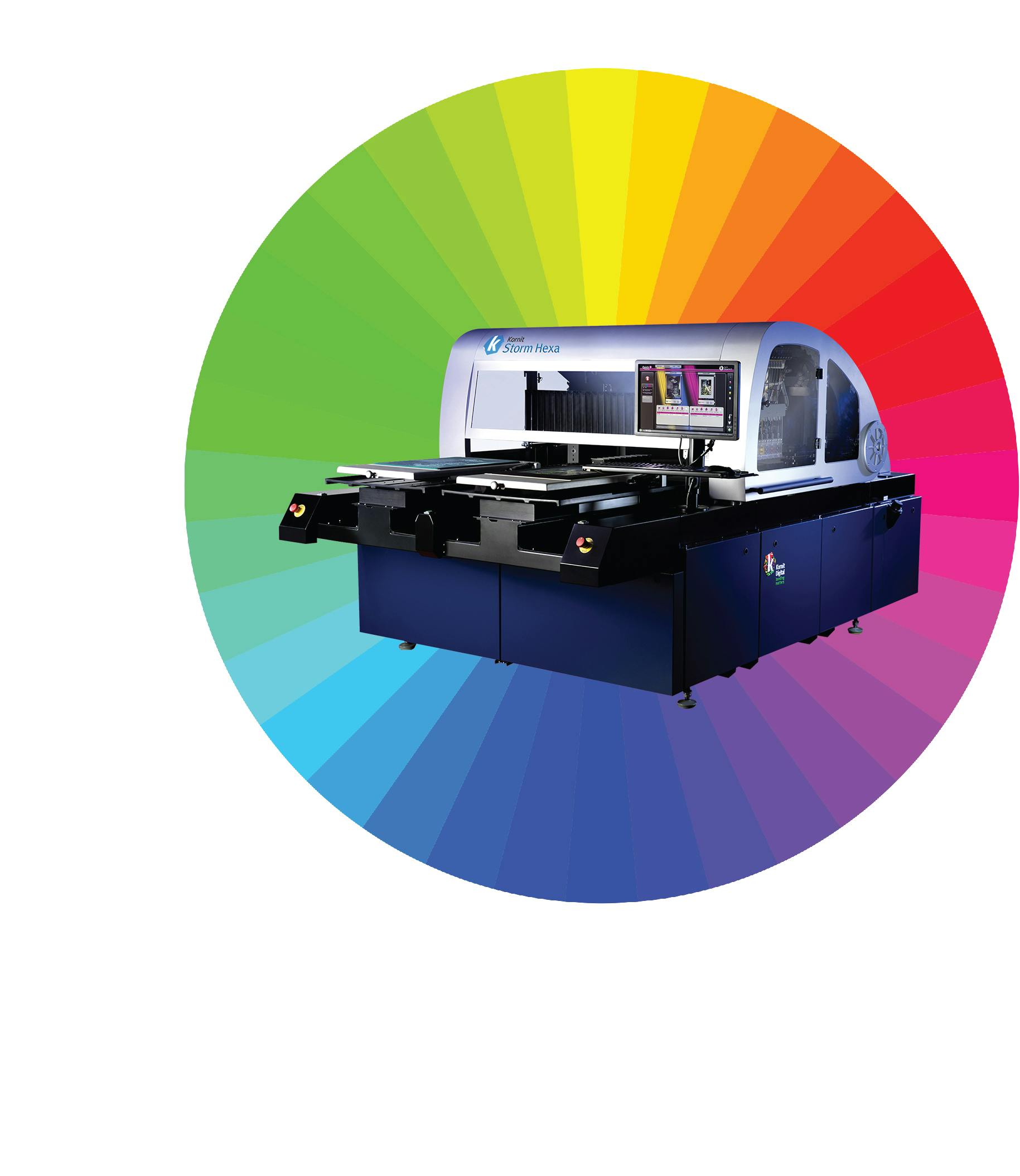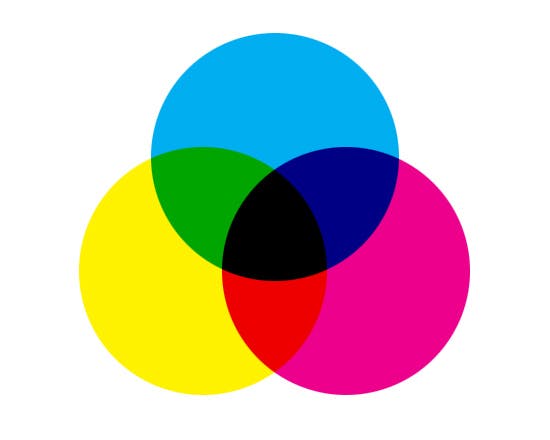CMYK Four Color Process Printing
Four color process printing is a system where a color image is separated into 4 different color values (called a color separation) by the use of filters and screens. This used to be done with photographic film on a graphic arts camera, but today it is usually done digitally with software now. The result is a color separation of 4 images that when transferred to printing plates and sequentially printed on a printing press with the colored inks cyan (blue), magenta (red), yellow and black (the k in cmyk), reproduces the original color image. Most of the entire spectrum or gamut of colors are reproduced with just the four process ink colors. The four color printing process is universally used in the graphic arts and commercial printing industry for the reproduction of color images and text.
 Simulated Process Color is the best choice for screen printing photo-realistic images containing thousands or millions colors.
Simulated Process Color is the best choice for screen printing photo-realistic images containing thousands or millions colors.
Simulated Process Printing: This combines standard 4 color process printing with spot color printing. This may also be done by printing spot colors with halftone colors which combine to create the colors of the original image. Here we use spot colors to intensify the overall look of the printed shirt. This may also be done when 4 color process printing is unable to reproduce a color the customer wishes to be dominant on the final print. As many spot colors may be added as needed but limited additions are recommended. This process can actually be more expensive than process printing because it can require complex artwork and the addition of many screens. This is most often the process used to print complex images onto black colored garments. It can produce some excellent imagery but requires some experience in artwork creation. The feel of this print will depend on the artwork and the under base if printed on black shirts.
RGB Color
 The RGB color model is an additive color model in which red, green, and blue light are added together in various ways to reproduce a broad array of colors. The name of the model comes from the initials of the three additive primary colors, red, green, and blue.
The RGB color model is an additive color model in which red, green, and blue light are added together in various ways to reproduce a broad array of colors. The name of the model comes from the initials of the three additive primary colors, red, green, and blue.
Typical RGB input devices are color TV and video cameras, image scanners, video games, and digital cameras. Typical RGB output devices are TV sets of various technologies (CRT, LCD, plasma, etc.), computer and mobile phone displays, video projectors, multicolor LED displays, and large screens such as JumboTron.
Color printers, on the other hand, are not presently RGB devices, but subtractive color devices (typically CMYK color model). The onset of RGB color in printing is close at hand, Stay Tuned!
CMYK Plus Red & Green Printing
 The Kornit Storm Hexa use CMYK and White to create over 16 million colors. Kornit added Red and Green to the CMYK and White to meet the demands of the fashion and sports apparel industry. By adding the Red and Green to the CMYK, they have expanded the CMYK color gamut by 30%. This 30% offers more fiery reds, warm yellows, deep blues and greens, and vivid purples. By creating brilliant, vivid CMYK + Red and Green color combinations, printers can reproduce the true colors of sport teams and accurately match corporate logos.
The Kornit Storm Hexa use CMYK and White to create over 16 million colors. Kornit added Red and Green to the CMYK and White to meet the demands of the fashion and sports apparel industry. By adding the Red and Green to the CMYK, they have expanded the CMYK color gamut by 30%. This 30% offers more fiery reds, warm yellows, deep blues and greens, and vivid purples. By creating brilliant, vivid CMYK + Red and Green color combinations, printers can reproduce the true colors of sport teams and accurately match corporate logos.

